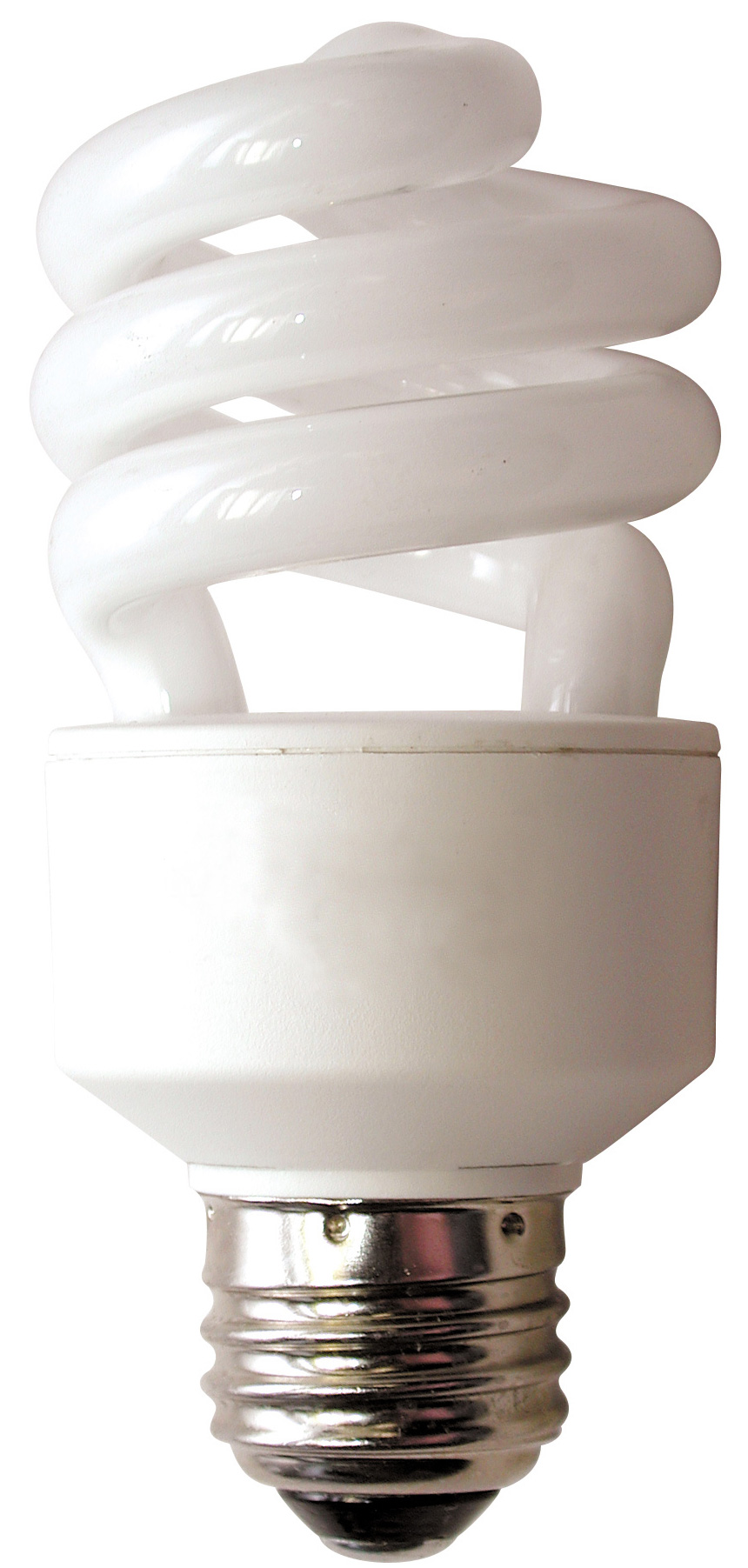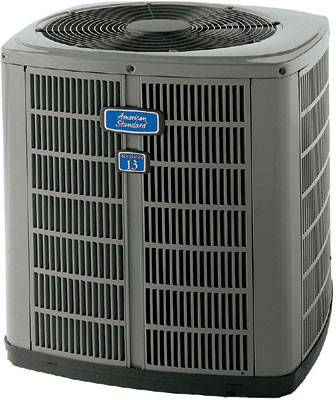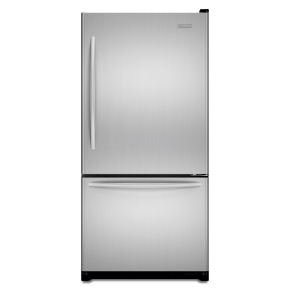See also Greener Choices, the environmental division of Consumer Reports.
 Compact Fluorescent Light Bulbs
Compact Fluorescent Light Bulbs
An ENERGY STAR qualified compact fluorescent light bulb (CFL) will save about $30 over its lifetime and pay for itself in about 6 months. It uses 75 percent less energy and lasts about 10 times longer than an incandescent bulb. Learn more about color, bulb types, what works where — and where to go when you’re ready to buy. Or find out how CFLs work, and how you can get the most from your bulbs and more. You can also find out the real environmental costs of using — or not using — CFLs. Learn about disposal options and what to do if a CFL breaks.
 Heating and Cooling
Heating and Cooling
As much as half of the energy used in your home goes to heating and cooling. So making smart decisions about your home’s heating, ventilating, and air conditioning (HVAC) system can have a big effect on your utility bills — and your comfort. Here are some steps you can take to increase the efficiency of your heating and cooling systems. You can also download this guide to understand your options for heating and cooling your house in the most energy-efficient manner possible.
 Refrigerators and Freezers
Refrigerators and Freezers
ENERGY STAR qualified refrigerators require about half as much energy as models manufactured before 1993. ENERGY STAR qualified refrigerators provide energy savings without sacrificing the features you want. ENERGY STAR qualified refrigerator models use high efficiency compressors, improved insulation, and more precise temperature and defrost mechanisms to improve energy efficiency. ENERGY STAR qualified refrigerator models use at least 20% less energy than required by current federal standards and 40% less energy than the conventional models sold in 2001. Now you can search for your ENERGY STAR fridges and freezers by brand, configuration and size.

